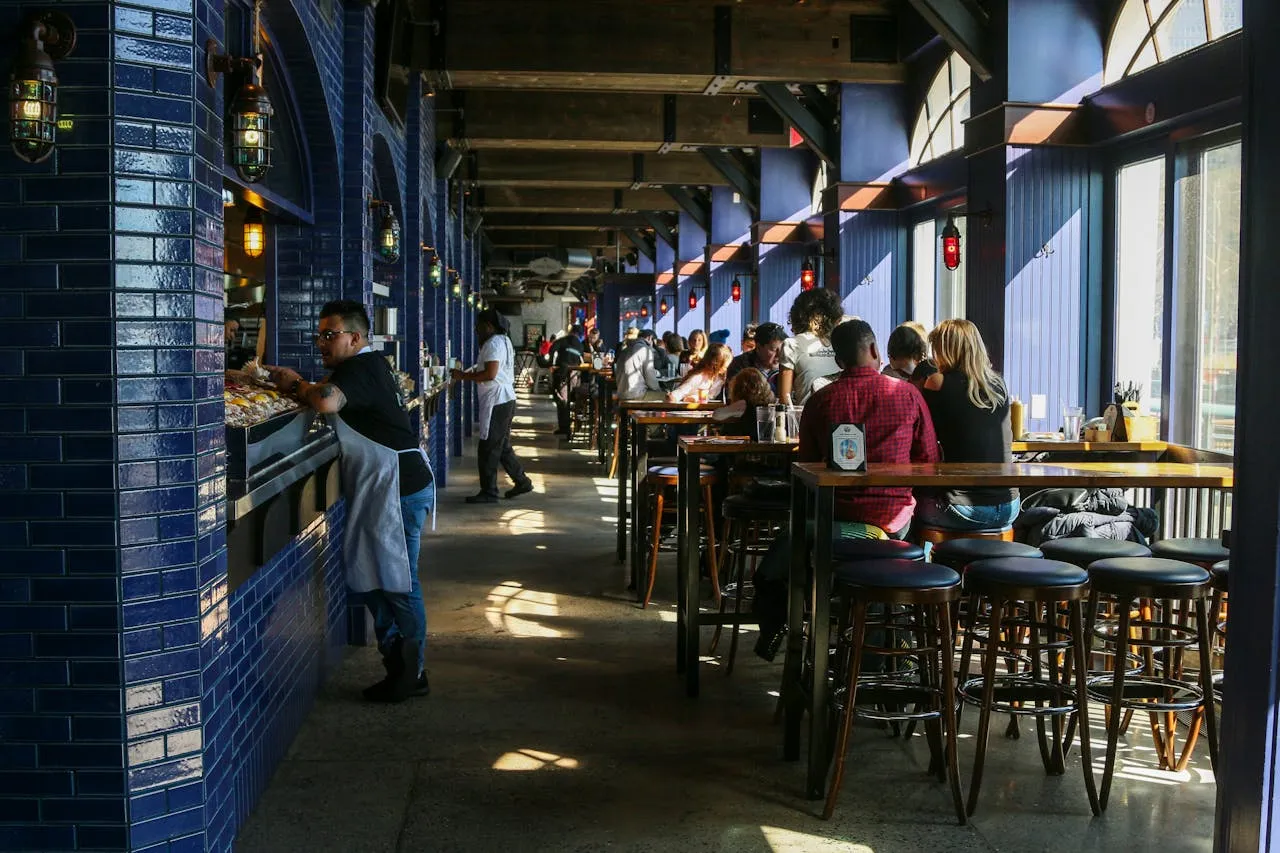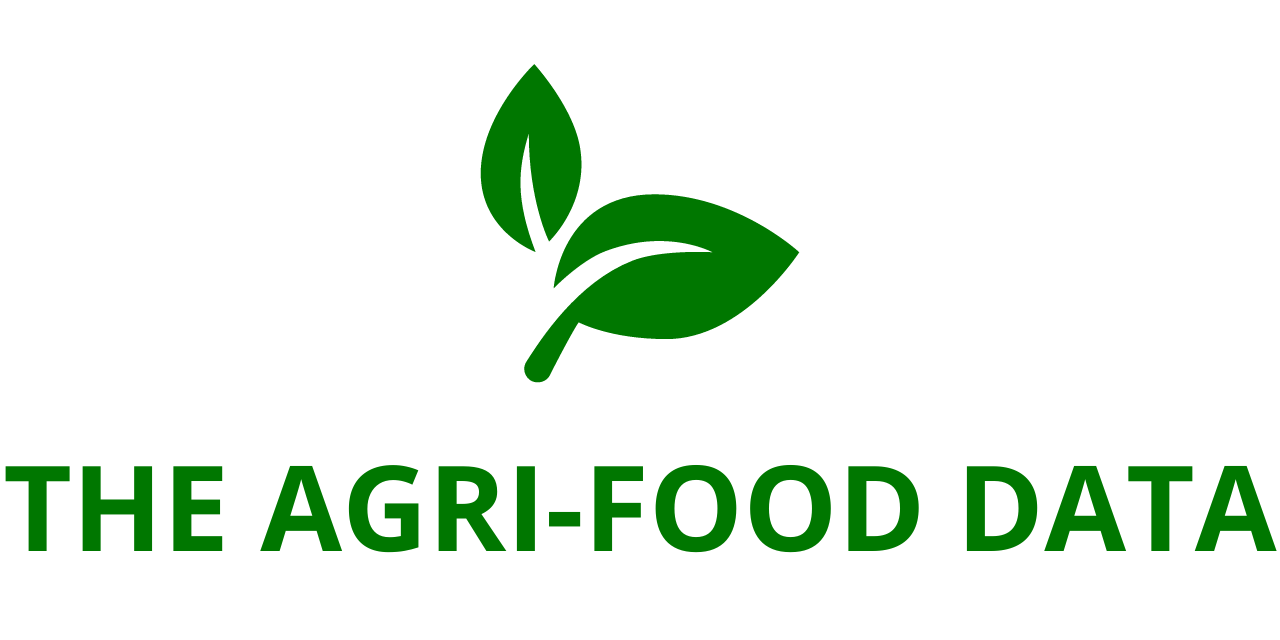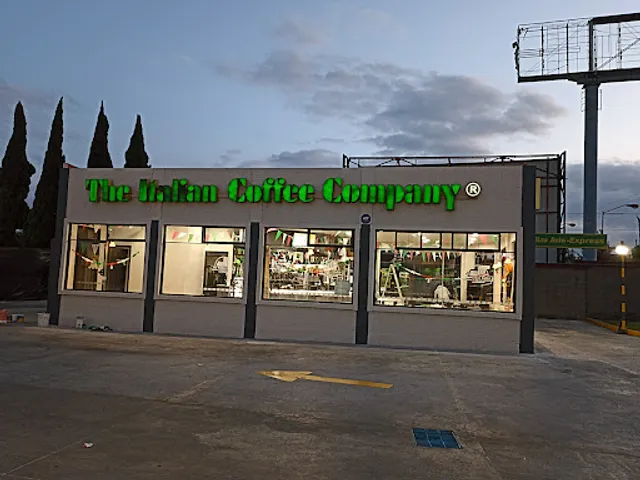
The “GCC Foodservice Market Size and Share Analysis – Growth Trends and Forecast Report 2025–2033,” now available on ResearchAndMarkets.com, reveals that the Gulf Cooperation Council (GCC) foodservice market is poised for significant expansion. Projected to grow from USD 51.84 billion in 2024 to USD 158.22 billion by 2033, the sector is set to experience a compound annual growth rate (CAGR) of 13.25% from 2025 to 2033.
Multiple converging factors—including increasing tourism, urban expansion, shifting consumer lifestyles, technological innovation, and a dynamic food delivery ecosystem—are shaping the future of foodservice in the region. The market is also benefiting from cultural diversity, population growth, and rising incomes, all of which are creating fertile ground for foodservice innovation and international investment.
GCC Foodservice Industry Overview
The foodservice landscape in the GCC—comprising Saudi Arabia, the United Arab Emirates (UAE), Qatar, Kuwait, Bahrain, and Oman—has evolved rapidly in recent years. A strong combination of economic prosperity, demographic change, and global influence has fueled growth across all segments of the market, including quick-service restaurants (QSRs), full-service dining, cafes, cloud kitchens, and meal delivery platforms.
As more residents seek convenience, time-saving meal options, and healthier food choices, there has been an increased demand for grab-and-go formats, online ordering, and nutrition-focused menus. Mobile applications and digital ordering systems are reshaping how consumers interact with restaurants, further amplified by the growing use of food aggregators and delivery apps like Talabat, Deliveroo, and HungerStation.
Meanwhile, international chains are intensifying their presence in the GCC. The entry and expansion of renowned global brands, combined with the rise of local entrepreneurial ventures, are contributing to a richly diversified culinary ecosystem. Events such as Expo 2020 in Dubai and the FIFA World Cup 2022 in Qatar have served as catalysts, bringing global attention and fostering cross-cultural food experiences.
Culinary Diversity and Evolving Preferences
While traditional Middle Eastern cuisine remains a cornerstone of the regional food identity, there is a growing appetite for fusion dishes and international offerings. Consumer preferences have shifted to include a mix of local and global flavors, particularly among younger populations and expatriates. In 2022, the region consumed approximately 0.45 million metric tons of meat, reflecting a high demand for protein-rich diets that support both traditional dishes and international favorites.
The evolution of QSRs is particularly noteworthy. Brands such as KFC, Burger King, and TGI Friday’s have adapted their menus to meet regional tastes, incorporating halal options and local spices. Simultaneously, high-end dining and boutique restaurants are blending global techniques with regional ingredients, paving the way for a new era of hybrid culinary innovation.
Coffee culture is also booming, especially in the UAE. The country now consumes over six million cups of coffee daily, with annual coffee-related spending exceeding USD 630 million. Specialty cafes and international chains have proliferated, offering artisanal brews and trendy ambiance. Dubai alone is home to more than 13,000 cafes and restaurants, serving an estimated 3.5 million residents—a testament to the sector’s density and growing competitiveness.

Key Growth Drivers
1. Urbanization and Population Growth
Urbanization is a significant engine of growth in the GCC. Rapid development in metropolitan areas has led to increased demand for diverse dining options. The influx of expatriates, combined with a young and tech-savvy population, has fueled a demand for both traditional eateries and modern dining formats.
Major cities such as Riyadh, Dubai, Doha, and Manama are witnessing the construction of new commercial complexes, malls, and entertainment districts—each providing ample opportunities for foodservice operators. This urban expansion not only supports existing players but also paves the way for niche market entrants and experiential dining concepts.
2. Rising Disposable Incomes
The rise in disposable incomes across the region has altered consumer behavior, with greater willingness to spend on premium dining and convenience-oriented services. High-income earners are driving growth in fine dining and gourmet food segments, while middle-class consumers are fueling demand for casual and fast-casual formats.
Dining out is increasingly viewed as a lifestyle activity rather than a necessity, particularly among millennials and Gen Z. As a result, consumers are seeking value beyond food—such as ambiance, service quality, and social media appeal. This shift is encouraging innovation in menu design, restaurant décor, and branding.
3. Booming Tourism Sector
Tourism continues to be a powerful catalyst for the foodservice industry. The UAE, Saudi Arabia, and Qatar are leading efforts to diversify their economies through tourism, investing heavily in infrastructure and events to attract international visitors. These efforts are paying off—hospitality and foodservice sectors are reaping the benefits of increased foot traffic, especially in high-tourism areas.
Global events like Dubai Expo 2020 and FIFA World Cup 2022 have elevated the international profile of GCC cities, creating sustained demand for high-quality foodservice options. Tourists seek authentic culinary experiences, prompting a rise in cultural restaurants, street food hubs, and pop-up dining events.
Market Challenges
1. Sustainability and Waste Management
One of the most pressing challenges facing the GCC foodservice market is the need for sustainable operations. As environmental awareness grows among consumers and regulators, foodservice providers are under pressure to adopt eco-friendly practices. This includes minimizing food waste, sourcing locally when possible, using sustainable packaging, and reducing single-use plastics.
However, the path to sustainability is not without hurdles. Transitioning to greener alternatives often involves higher costs, especially for smaller operators. Implementing waste reduction systems, training staff, and aligning with sustainability benchmarks also requires time and investment. Despite these challenges, operators who embrace environmental responsibility are likely to gain favor with increasingly eco-conscious consumers.
2. Volatility in Food Prices
The GCC region’s dependence on food imports—estimated to account for up to 85% of total consumption—makes it particularly vulnerable to global supply chain disruptions. Natural disasters, geopolitical instability, and logistical bottlenecks can cause price fluctuations that directly impact profitability.
Additionally, trade policies such as tariffs or export restrictions can increase import costs, placing further strain on operators. In this environment, foodservice businesses must develop resilient procurement strategies, diversify their supplier base, and invest in inventory management technologies to mitigate risk.





